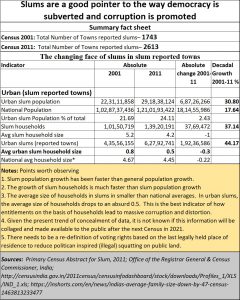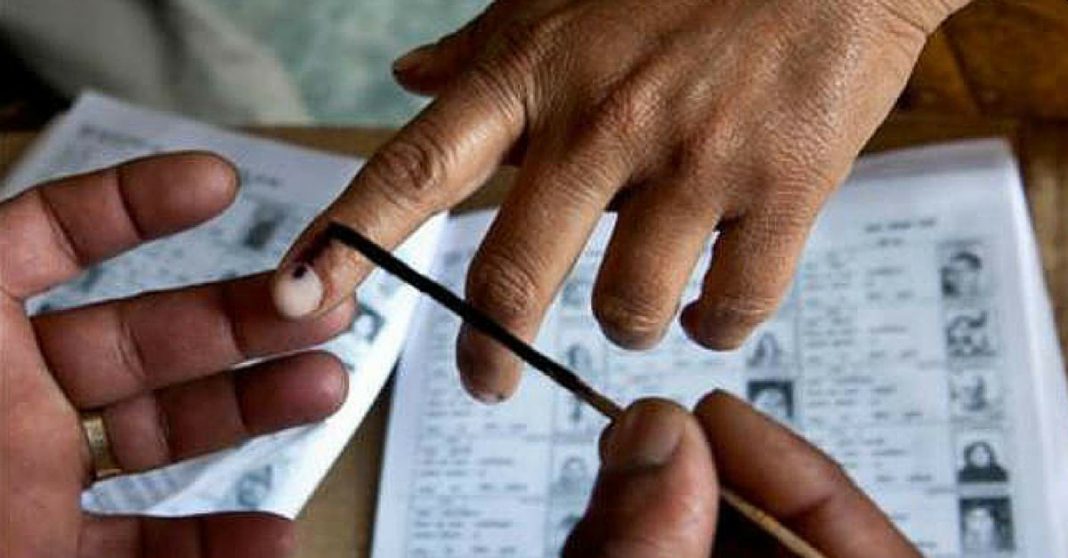https://www.freepressjournal.in/analysis/doles-freebies-elections-and-the-absence-of-accountability/1496631
Lots more doles mean much more corruption
The dice was rolled two years ago when the present government permitted loan waivers in Uttar Pradesh. The fire was bound to spread. But even before that, the concept of freebies was firmly put in place when loan melas were announced in September 1984 by Union Deputy Finance Minister Janardhan Poojary, under the 20-Point Programme announced by the then prime minister, Indira Gandhi.
Sadly, it was implemented through banks, which knew very well then the money would never come back. The seeds of the financial crisis that would cripple both banks and country in 1990 were sown in 1984.
 Thus the promises of the Gandhi scion, Rahul Gandhi, should come as no surprise. His scheme of giving Rs.6,000 per household each month to 50 million families (or 20% of the poorest in India) will mean an annual dole of Rs.72,000 per targeted family. Collectively, it means an annual outgo of Rs.3.6 lakh crore, which is around 2% of GDP and around 10% of total government expenditure. It is higher than the outlay on education or health, which is already criminally low for an aspirational country like India.
Thus the promises of the Gandhi scion, Rahul Gandhi, should come as no surprise. His scheme of giving Rs.6,000 per household each month to 50 million families (or 20% of the poorest in India) will mean an annual dole of Rs.72,000 per targeted family. Collectively, it means an annual outgo of Rs.3.6 lakh crore, which is around 2% of GDP and around 10% of total government expenditure. It is higher than the outlay on education or health, which is already criminally low for an aspirational country like India.
Somehow, politicians often throw economic sense to the winds. They cause the focus to shift from generation of wealth to distribution of money. They refuse to see how all doles in today’s context can only lead to ever increasing corruption.
The most important reason why such schemes are bad is that India does not have the means to identify either households, or even who is poor.
To understand this, just take a look at the chart alongside on slums. This data has been captured by the Census of India, and is therefore more reliable than data that is often reworked by government officials.
Just watch how slum growth has been higher than general population growth. Then look at household growth, and you realise that slum households grew incredibly faster than general population growth and even faster than average household growth for the rest of India.
But what is alarming is the way household size for slums has shrunk to absurd levels. Slums in cities like Mumbai have less than 1 person per household (actually 0.5). Now this is impossible. The explanation lies in the way statistics get compiled. So a family will show a mother and father as one family, two siblings as another family. When they get married, you have three families. Then the women can say that they have been deserted by their spouses and have a fourth or fifth household. The number of excuses as justifications can be endless.
Since all freebies are given on the basis of households, it makes sense for a family to show itself as more households. You get a certain number of cooking gas cylinders at subsidised rates per household in economically weaker communities. Ditto with rations, subsidised electricity, medical insurance and even cash doles. If a normal household has 4 members, urban slums subdivide it to have as many as eight families (thus 0.5 members). So the cost of freebies given away in slums could be eight times higher than they ought to be. And this is paid for by the ever harried tax-payer.
Schemes like the Rahul Gandhi one sound great. But there is no mechanism for determining households. And there is little clarity on who is actually poor. Aadhaar could have done this, but the process adopted has resulted in millions of bogus Aadhaar cards (http://www.asiaconverge.com/2018/02/how-aadhaar-and-npci-together-open-the-door-to-major-frauds-and-impersonations/). The normal National Population Register (NPR) norms were irresponsibly discarded (http://www.asiaconverge.com/2018/05/citizenship-votebank-northeast-and-work-permits/).
There is another reason why slums grow faster than normal populations. Politicians desire creating vote banks and thus change the voting pattern in a constituency (http://www.asiaconverge.com/2018/09/slums-democracy-and-the-indian-constitution/). It betrays the politicians’ disregard for democracy. It creates a system akin to stuffing ballot boxes with bogus votes.
That is why the Assam Accord becomes crucially important for Indian democracy. It is a process to identify illegal settlers. Slum dwellers are not illegal settlers in the same sense, but they are illegal squatters on property that does not belong to them. The solution would lie in giving all squatters work-permits. That would prevent them from being deported inhumanely. But votes must be linked to the last place of legal residence. If the person does not have a legal residence, he must be given a place in some territory, by distributing populations, and not changing demographic profiles. That would reduce politician-inspired slums. It would improve accountability too.
The courts need to understand this, because politicians won’t. Unless voters are identified in legal dwellings, you will never be able to identify households or the deserving poor. Every scheme will become an opportunity for further corruption and fraud.





































COMMENTS